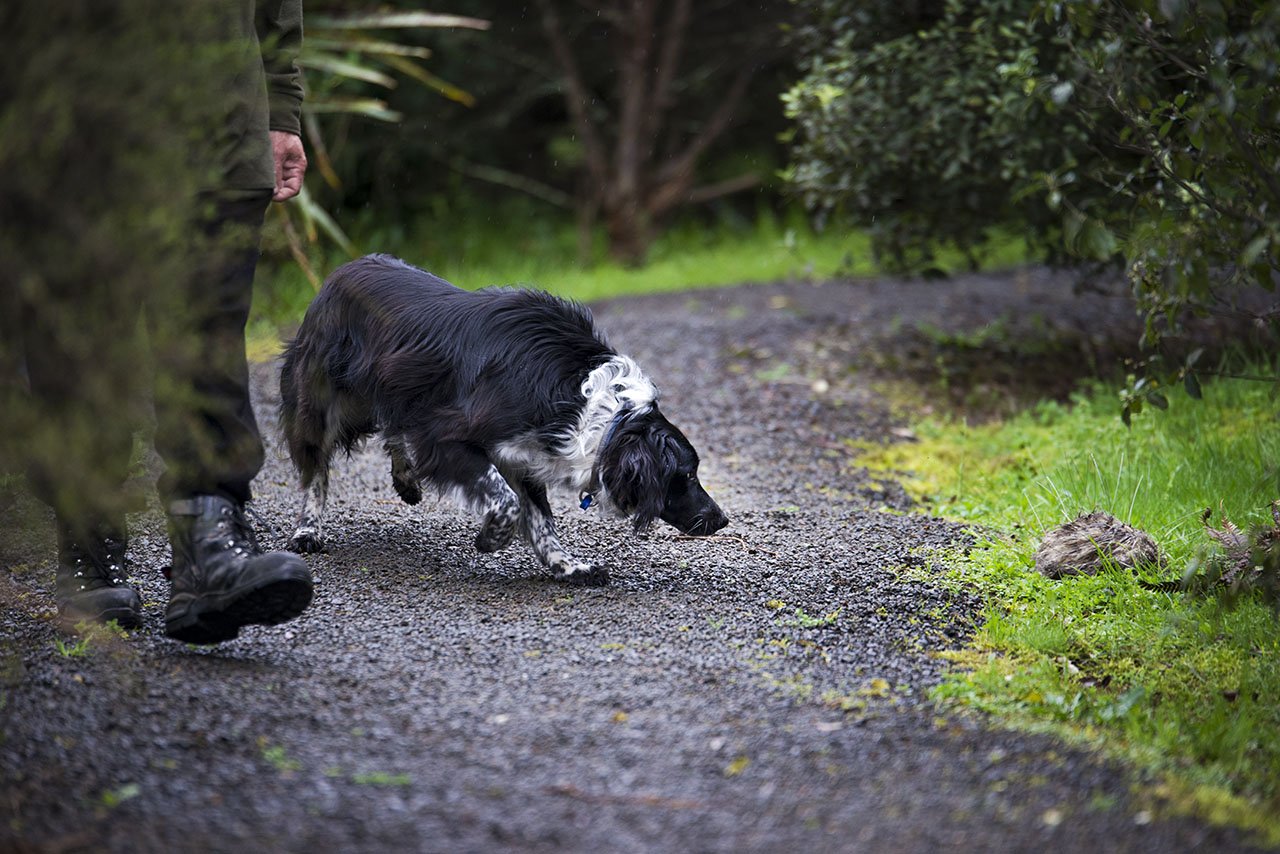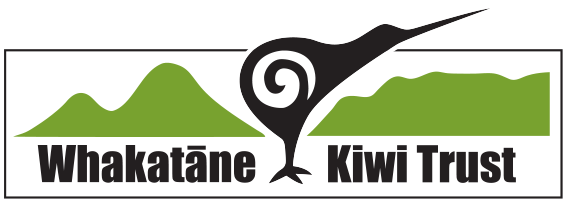
Yearly Events
-

Kiwi Aversion Training
Be a responsible dog owner.
Whakatāne kiwi might be in your backyard or just off the trail – training your dog could save a kiwi’s life! Kiwi aren’t like other birds – dogs find their strong musky smell particularly interesting. And, without wing muscles to protect it, the kiwi’s chest structure is easily crushed in a dog’s mouth. It doesn’t take a huge hunting dog to kill a kiwi – even a playful or curious bite can damage a kiwi’s internal organs and result in death. Statistically, dogs are the main threat to adult kiwi.
See below to find out when the next training is on near you
-

Kiwi Wandering Trail
Come wander with our kiwi – Haere mai kia hikoi me ngā kiwi
Whakatāne is known as the Kiwi Capital of the World thanks to how close North Island brown kiwi live to our town. But our feathered neighbours are masters of camouflage and hide-n-seek, so not everyone realises Whakatāne has so many kiwi.
Enter the Kiwi Wandering Trail: ten life-like, life‑size bronze kiwi statues which wander right through the heart of Whakatāne.
The bronze kiwi sculptures form an educational walk, fit for families and people of all abilities, while also reminding the residents of Whakatāne that we have real live kiwi wandering in our backyards too!
You can pick up a brochure with the clues from the i-SITE or Te Kōputu a Te Whanga a Toi – Library and Exhibition Centre, or download it here.
-

Night Walks
Our night walks season runs from April to July each year, as this is the best time to hear kiwi calling to each other.
Come along and learn about our local kiwi population and the work being done by our amazing volunteers to protect our national icon and other native taonga (treasures). Please be aware that it is unlikely that you will see a wild kiwi on this walk – they tend to run a mile when they hear a dozen humans coming down the path! However, kiwi calls are heard on most night walks, as well as other birds such as weka and ruru (morepork). There’s also plenty of other things to see – such as wētā, tunnel web spiders, harvestmen, peripatus, glow-in-the-dark fungi and glow worms!
-

Fairbrother Loop Walk
The Fairbrother Loop Walk is the first portion of the Ōhope Scenic Reserve. It takes one hour if you take the full loop back to Ōhope.
Enjoy a self-guided walk of the Fairbrother Loop. Night or day it's an exciting place to visit and takes approximately one hour to complete. There are information panels and a number of markers that will guide you on your journey. Download the self-guided map for points of interest and information about the wildlife you might encounter.
Fairbrother Loop Self-guided walk map - (PDF, 472 KB)
Time needed: Approximately 1 hour
To protect the wildlife, including kiwi, dogs are not permitted on the track.
-

Bug Hotels, Kiwi Calls & Info Board Walk
A Nature Walk Adventure
Explore the wonders of nature along The White Horse Drive entrance to the Bird Walk! Discover six stencilled bug hotels, check out our interactive info boards, and listen to the male and female kiwi calls at our bird-calling station. This family-friendly walk is perfect for an afterschool adventure or a weekend outing (wheelchair and pram accessible!). Don’t forget to stop at Bob’s Bench for a picnic and see if you can find all the bug hotels!
Share your photos—we’d love to see your discoveries!
What’s on

Kiwi Aversion Training
It doesn’t take a huge hunting dog to kill a kiwi – even a playful or curious bite can damage a kiwi’s internal organs and result in death.
You can minimise this risk by getting your dog 'Kiwi Aversion' trained at our next training session.

Kiwi Aversion Training
It doesn’t take a huge hunting dog to kill a kiwi – even a playful or curious bite can damage a kiwi’s internal organs and result in death.
You can minimise this risk by getting your dog 'Kiwi Aversion' trained at our next training session.

Kiwi Aversion Training
It doesn’t take a huge hunting dog to kill a kiwi – even a playful or curious bite can damage a kiwi’s internal organs and result in death.
You can minimise this risk by getting your dog 'Kiwi Aversion' trained at our next training session.

Kiwi Aversion Training
It doesn’t take a huge hunting dog to kill a kiwi – even a playful or curious bite can damage a kiwi’s internal organs and result in death.
You can minimise this risk by getting your dog 'Kiwi Aversion' trained at our next training session.
